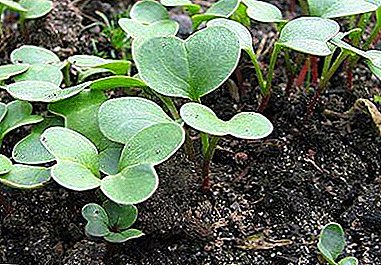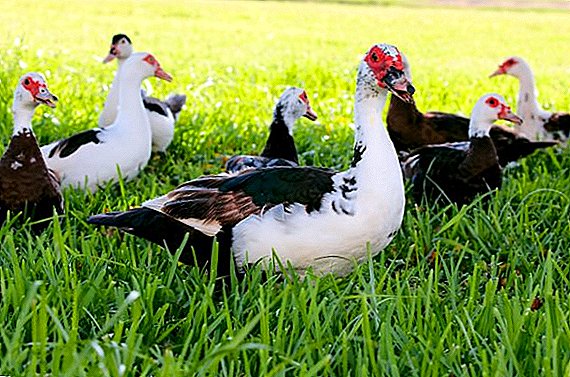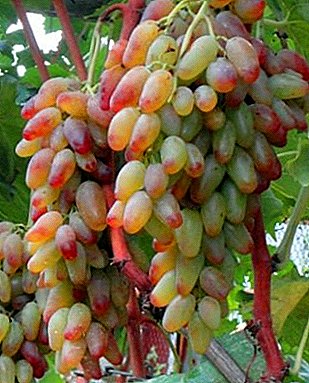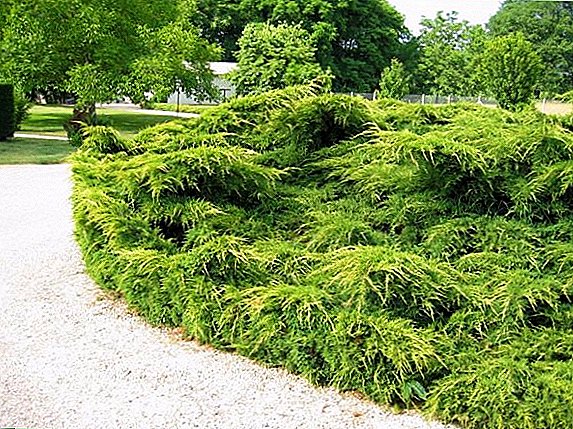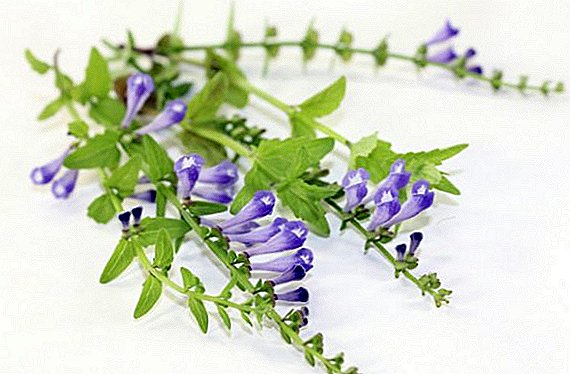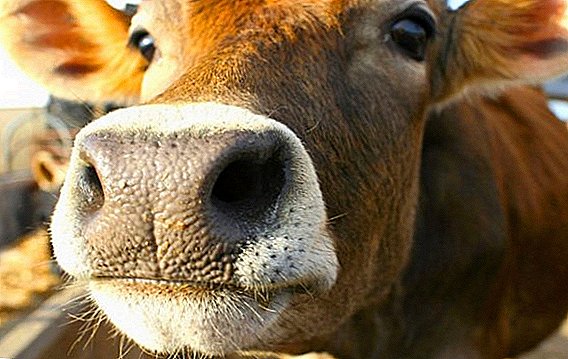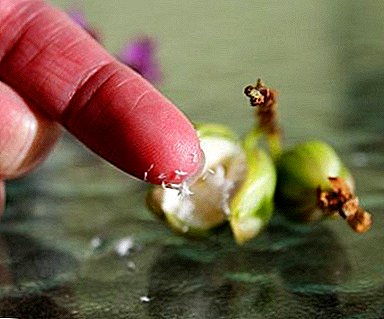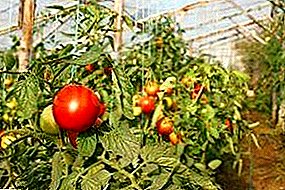
Growing tomatoes in the greenhouse - a good option business for experienced gardeners. By choosing the right varieties and investing in equipment, you can collect good ones. harvests several times a year.
Demand on high-quality tomatoes is high, they can be offered to retail chains and catering enterprises, as well as sold through their own outlets in the market.
Ideal tomato greenhouse
On private plots often install summer greenhouses or greenhouses. They are suitable for protecting plants during frosts, accelerate fruiting, allow you to grow very thermophilic varieties. Such greenhouses can be built on a wooden or metal frame and covered with film. A greenhouse requires an annual reconstruction, but it is cheap enough. Only suitable for seasonal cultivation in the soil.
For year-round tomato cultivation need capital buildingsequipped with a heating system. Such greenhouses erected on a strong metal frame with a corrosion-resistant coating. Glass or polycarbonate is used as a coating.
The latter is suitable for arched greenhouses, sheets can be bent and cut without fear of damage. In regions with cold climates double glazing recommended. The air between the layers of glass or polycarbonate creates a thermos effect, which reduces heating costs.
For year-round cultivation is more convenient than a greenhouse with a sloping roof. Sizes vary from 100 to 500 square meters. m. Industrial greenhouses are even larger, their average size is about 1000 square meters. m
 Such facilities imply cultivation by suspension technology, by hydroponic or aeroponic method. A significant disadvantage of tomatoes grown in a nutrient solution - a recognizable watery taste and the lack of a characteristic aroma.
Such facilities imply cultivation by suspension technology, by hydroponic or aeroponic method. A significant disadvantage of tomatoes grown in a nutrient solution - a recognizable watery taste and the lack of a characteristic aroma.
The ideal greenhouse for tomatoes should be high enough. The northern wall can be laid with slag stones or timber. A blank wall will protect the landing from the wind and help save heat. Preferred design with a sloping roof, on which the snow does not linger.
Pros and cons of business
Growing tomatoes in greenhouse has many benefits. Among them:
- high demand for tomatoes, increasing in the autumn-winter season;
- heated greenhouses can take several harvests per year;
- there are many varieties designed specifically for greenhouses;
- tomatoes long enough storedthat minimizes losses;
- Harvested crops can be sold independently, through retail outlets on the market or the Internet, as well as sold through retail chains, public catering and wholesale buyers.
Despite good prospects for entrepreneurs, business has some drawbacks.
Among the most significant are:
- high costs for heating the greenhouse during the cold season;
- cultivation of tomatoes in industrial volumes should be dealt with only by people who have experience in plant growing;
- for work with retail registration of legal entity is required and obtaining a veterinary certificate for products;
- in the summer, competition from tomato farmers growing in the open field increases.
Choosing a grade for closed ground
In a greenhouse, it is preferable to grow hybrids that are specially designed for indoor use. It is better to choose tall branched varieties. On such a bush many fruits ripen at the same timethat improves the performance of greenhouses. Tall bushes can be combined with smaller ones, planted around the perimeter. Such an arrangement will allow optimal use of scarce space.
 For closed ground suitable for both early and late varieties. In the middle zone, it is not recommended to plant particularly sweet hybrids of southern selection, they are very sensitive to temperature fluctuations and may be affected by pests.
For closed ground suitable for both early and late varieties. In the middle zone, it is not recommended to plant particularly sweet hybrids of southern selection, they are very sensitive to temperature fluctuations and may be affected by pests.
The specialists recommend choosing hybridszoned for a specific region. Very well proven varieties of Russian breeding, as well as American, Dutch and Polish tomatoes.
Choosing the right variety, you should consider:
- Yield. Multiple varieties will significantly increase income.
- Fruit ripening time. The shorter the growing season, the more profitable the business.
- Disease resistance. The best hybrids are not affected by pests and do not require constant treatment with insecticides.
- Tastes of tomatoes. Consumers prefer fleshy fruits with bright sweetish taste and pronounced aroma.
- Fruit size and color. Customers in high demand are medium-sized tomatoes with a rich red, pink or yellow color.
- It is advisable to choose varieties with fruits that tolerate storage and transportation.
Among the most popular, it is possible to note industrial varieties of tomatoes for greenhouses:
- Early and mid-season varieties: Gift, Aksinya, Cherry, Yevpator, Kostroma. Palenka.
- Hybrids with a shorter growing season: Verlioka, Rhapsody, Caspar, Sprinter, Etude, Farmer.
- Fruits with especially saturated taste: Honey saved, Pink honey, Orange King, Asteroid, Dame, Ballerina.
Having chosen a suitable grade, it is worth concentrating on it. Industrial cultivation of tomatoes in the greenhouse not oriented to experiments, and to increase yields. Professionals usually grow no more than 2-3 types of tomatoes at a time.
Greenhouse equipment
In small farm greenhouses it is better to grow tomatoes in the ground. Their taste is much higher, which allows you to sell products with a good margin.
Greenhouse must be equipped with a ventilation system and automatic drip irrigation. Tomatoes are sensitive to moisture levels, but do not like stagnant water in the soil. On hot days, shading is required with the help of special curtains that close the south side of the greenhouse.
 The heating system may be different. Industrial greenhouses heated with built-in boilers and pipes laid underground. Farm structures can be heated with heaters, stoves, and even bonfires. The use of biofuels from a mixture of rotted manure and straw will also help.
The heating system may be different. Industrial greenhouses heated with built-in boilers and pipes laid underground. Farm structures can be heated with heaters, stoves, and even bonfires. The use of biofuels from a mixture of rotted manure and straw will also help.
To maintain the desired microclimate in the winter, open tanks with a divorced mullein are installed in the greenhouse. Evaporation activates the process of photosynthesis, necessary for good fruiting.
Tomatoes in the greenhouse need a light, nutritious soil, which is regularly applied complex mineral fertilizers. Top dressing from a mixture of superphosphate, potash salt and ammonium nitrate paid every two weeks. Lack of nutrients slows the formation of ovaries and the ripening of fruits.
How to calculate profitability?
Before you start growing tomatoes, it is important to make a detailed business plan. It will help to correctly calculate the profitability of the future business and accurately take into account all the upcoming costs. To the expenditure includes:
- land lease or purchase;
- construction and equipment of the greenhouse;
- purchase of seeds or seedlings;
- purchase of fertilizers and agricultural equipment;
- registration of a legal entity and registration of certificates for products;
- transportation of finished products to the point of sale.
Useful video:
Profit depends on sales and implementation. The most profitable option - sale of tomatoes through retail chains or catering.
Non-standard can be handed over for processing (production of sauces, pastes, juices).
Much depends on the time of sales. In winter, the margin increases by 1.5-2 times. This is due to a decrease in supply and an increase in the cost of production. Before embarking on winter cultivation, need to evaluate the cost of heating.
In particularly cold regions, the high cost of electricity can significantly reduce profitability. Many farmers prefer to extend the cultivation of tomatoes until November, and in winter to suspend production.
 Estimated by marketers average business profitability on industrial cultivation of tomatoes in the greenhouse varies from 50 to 70%.
Estimated by marketers average business profitability on industrial cultivation of tomatoes in the greenhouse varies from 50 to 70%.
In lean years, it can increase, in the period of great competition from home farms - decrease. Increase profitability will help the expansion of greenhouses and distribution channels.
Other popular crops for greenhouse business, which you can find out in more detail on our website: berries, flowers, greens, cucumbers and other vegetables.
To grow tomatoes in the greenhouse as a business does not go bankrupt, it is important to carefully calculate the costs and future earnings. You can start working with one small greenhouse, gradually increasing momentum. It will help to attract loans and subsidies that are possible during the registration of a legal entity.


